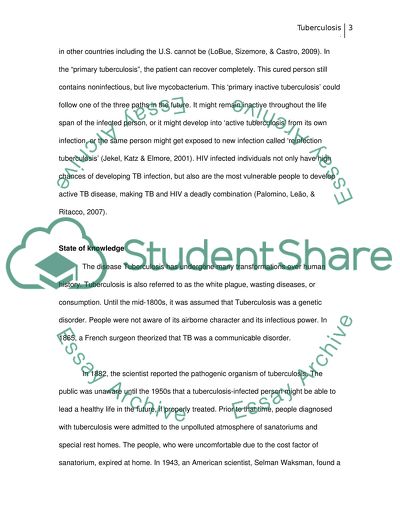Cite this document
(“Epidemiology Research Paper Example | Topics and Well Written Essays - 2000 words”, n.d.)
Retrieved from https://studentshare.org/miscellaneous/1558683-epidemiology
Retrieved from https://studentshare.org/miscellaneous/1558683-epidemiology
(Epidemiology Research Paper Example | Topics and Well Written Essays - 2000 Words)
https://studentshare.org/miscellaneous/1558683-epidemiology.
https://studentshare.org/miscellaneous/1558683-epidemiology.
“Epidemiology Research Paper Example | Topics and Well Written Essays - 2000 Words”, n.d. https://studentshare.org/miscellaneous/1558683-epidemiology.


